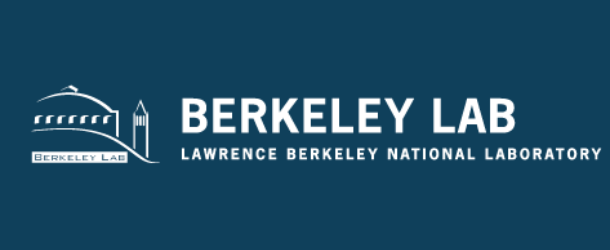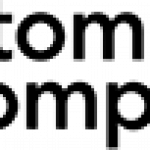Berkeley Lab Research Team Unlocks Secret Path to a Quantum Future Through Quantum Coherence

(HPC.Wire) Researchers are developing new pathways to create and protect quantum coherence. Doing so will enable exquisitely sensitive measurement and information processing devices that function at ambient or even extreme conditions. In 2018, Joel Moore, a senior faculty scientist at Lawrence Berkeley National Laboratory (Berkeley Lab) and professor at UC Berkeley, secured funds from the Department of Energy to create and lead an Energy Frontier Research Center (EFRC) – called the Center for Novel Pathways to Quantum Coherence in Materials (NPQC) – to further those efforts. “The EFRCs are an important tool for DOE to enable focused inter-institutional collaborations to make rapid progress on forefront science problems that are beyond the scope of individual investigators,” said Moore.
Through the NPQC, scientists from Berkeley Lab, UC Berkeley, UC Santa Barbara, Argonne National Laboratory, and Columbia University are leading the way to understand and manipulate coherence in a variety of solid-state systems. Their threefold approach focuses on developing novel platforms for quantum sensing; designing two-dimensional materials that host complex quantum states; and exploring ways to precisely control a material’s electronic and magnetic properties via quantum processes. The solution to these problems lies within the materials science community. Developing the ability to manipulate coherence in realistic environments requires in-depth understanding of materials that could provide alternate quantum bit (or “qubit”), sensing, or optical technologies.
Basic discoveries underlie further developments that will contribute to other DOE investments across the Office of Science. As the program enters its fourth year, several breakthroughs are laying the scientific groundwork for innovations in quantum information science.
Many of NPQC’s achievements thus far focus on quantum platforms that are based on specific flaws in a material’s structure called spin defects. A spin defect in the right crystal background can approach perfect quantum coherence, while possessing greatly improved robustness and functionality.
In its next year of operation, NPQC will build on this year’s progress. Goals include exploring how multiple defects interact in two-dimensional materials and investigating new kinds of one-dimensional structures that could arise. These lower-dimensional structures could prove themselves as sensors for detecting other materials’ smallest-scale properties. Additionally, focusing on how electric currents can manipulate spin-derived magnetic properties will directly link fundamental science to applied technologies.
The NPQC brings a new set of questions and goals to the study of the basic physics of quantum materials. Moore said, “Quantum mechanics governs the behavior of electrons in solids, and this behavior is the basis for much of the modern technology we take for granted. But we are now at the beginning of the second quantum revolution, where properties like coherence take center stage, and understanding how to enhance these properties opens a new set of questions about materials for us to answer.”





















